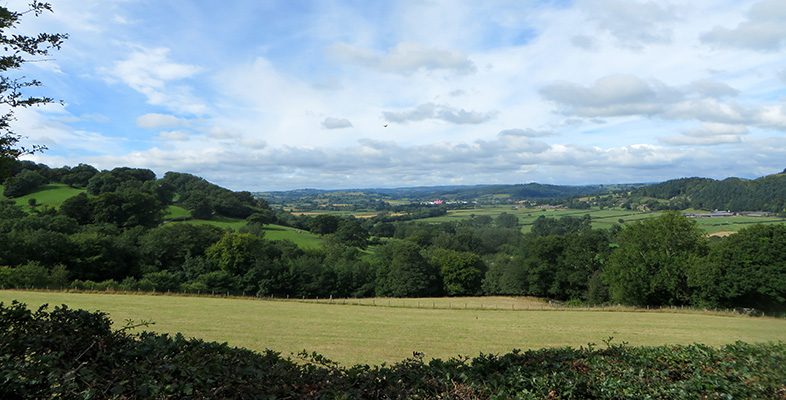3.3.1 Stages in the market research process
The stages in the market research process are:
- Describe the target customer segment: the description of the customer group under investigation needs to be as precise as possible to avoid wasting resources due to the gathering of unnecessary data (e.g. geographic, demographic and socio-economic).
- Define the research objectives: what will the information be used for? What questions need to be asked in order to meet the aims of the research?
- Check the existing knowledge and data: what do you already know about the target customer segment?
- Define the information required: what segments are most attractive? What customer needs and wants are currently not well satisfied? How likely is it that the customers will buy the proposed product or service on offer? How much will they be willing to pay?
- Decide on the methods to be used to gather the data: there are two critical questions that a researcher must ask at this stage – should data be gathered from primary or secondary sources, and is qualitative or quantitative research needed to meet the research objectives, or both?
- Collect the data: the most important consideration at this stage is avoiding errors and therefore creating inaccurate or corrupt data.
- Analyse the data: this usually involves raw information that needs collating and turning into intelligent information that has been interpreted and summarised.
- Evaluate and review: this may involve a rethink of the customer segment under investigation. For example, does the information support the targeting of the original segment and, if so, how can this be pursued? Should the entrepreneur’s efforts be concentrated on a different segment and what research needs to be undertaken to determine which one?
Primary research is conducted yourself. It is often expensive and thus beyond the means of small start ups. Sometimes the major cost can be time, so collecting your own information should be carefully considered. For example, if you were planning to set up a community shop, then asking the local inhabitants if they want a shop and what they might use it for is likely to be a condition of any funding – just like any business. There are some free or cheap survey tools available, for example SurveyMonkey [Tip: hold Ctrl and click a link to open it in a new tab. (Hide tip)] . This enables you to conduct your own online research very economically.
Secondary research is data that has been gathered by someone else. Your job is to find relevant data and search through it and draw conclusions that are relevant to your business. The internet has made this easier in that lots of information is available online. In other ways it has made the task more difficult – there is so much information there it can be difficult to see which is the most relevant or which has integrity. We alluded to the value of secondary sources earlier when we talked about broader data that might be available from organisations like Business Wales or from your local authority, see 1 Setting the scene for rural business.
